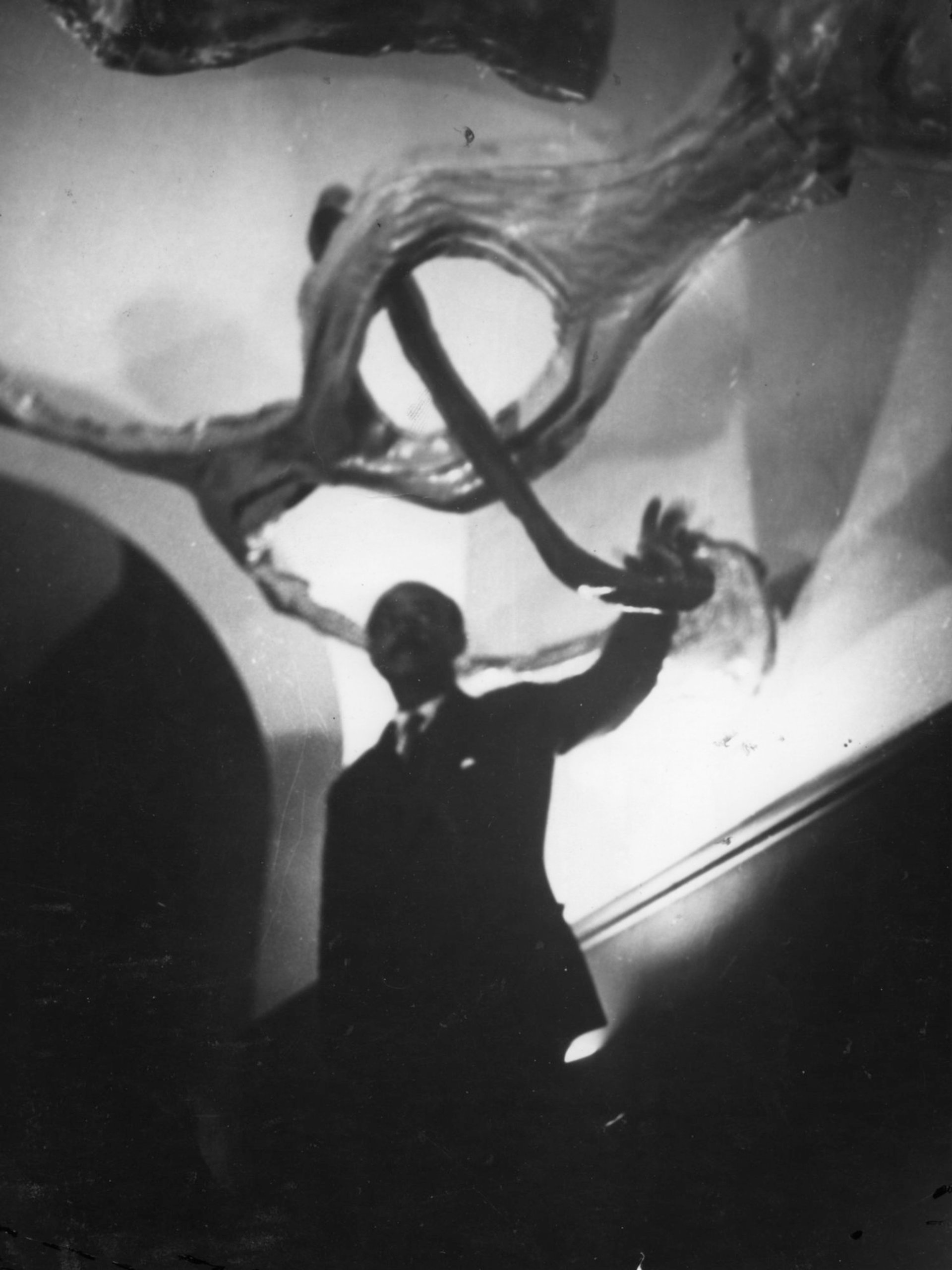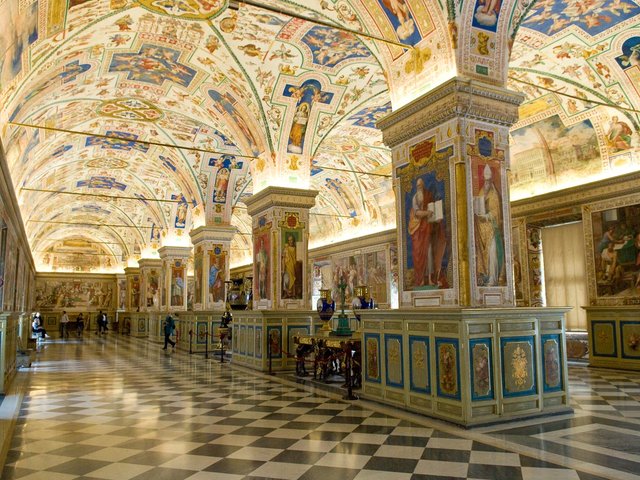The appetite for shows dedicated to the late Italian artist Lucio Fontana appears unabated with another major exhibition planned this autumn at the vast Pirelli HangarBicocca space in Milan (Ambienti/Environments, 21 September-25 February 2018). Curators at the Italian venue will bring together ten of Fontana’s immersive Ambienti (Environments) in collaboration with the Milan-based Fondazione Lucio Fontana.
The show is due to include reconstructions of some of the most important walk-through “environments” shown at institutions such as the Walker Art Center in Minneapolis in 1966 and the Stedelijk Museum in Amsterdam in 1967. The latter consisted of a purple neon tube suspended in a bright pink room.
“All of the works in the exhibition are reconstructions of Fontana’s Spatial Environments—the artist exhibited about 17 environments from 1949 until 1968—that were all destroyed after they were exhibited,” a spokesman says.

They have been rebuilt for the exhibition in Milan, after the exhibition curators, including Marina Pugliese, adjunct professor at the California College of the Arts in San Francisco, reviewed and examined sources such as letters, architectural plans, historical photographs, and interviews. This enabled Pirelli HangarBicocca to realise the architectural projects for the reconstruction of each environment, the spokesman adds.
“There is only one Environment (Ambiente spaziale), 1967, in the exhibition which is on loan, and it’s an authorised reconstruction dating from 1981 in the collection of the Castello di Rivoli Museo d’Arte Contemporanea [in Turin],” he says.
Fontana developed the first spatial environment in 1949 when he hung a series of Day-Glo papier mâché shapes from the ceiling of a darkened room at the Naviglio Gallery in Milan (Ambiente spaziale a luce nera).
Writing in the Tate magazine in 2008, Francesca Pasini said: “It was a revelation which introduced a new concept of interactivity.” Fontana meanwhile explained his approach by saying: “The Spatial Artist no longer imposes a figurative theme on the viewer, but puts him in the position of creating it himself, through his own imagination and the images that he receives.”



